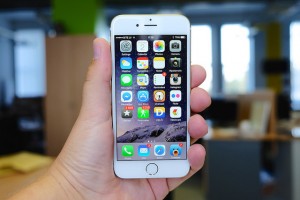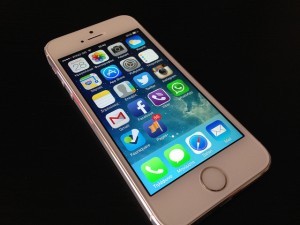There is no denying that mobile is no longer the “next big thing”. Mobile is here and mobile is now.
Regardless of what statistic you look at, mobile tends to show growth, and if you are like many business people, making your business mobile friendly is still sitting on your list of things to do.
But you can’t wait any longer.

As consumers are getting more comfortable with mobile their expectations are rising | Photo: Kārlis Dambrāns (Flickr)
According to Marin Software, in a recent report, ad clicks on mobile devices have now overtaken clicks on desktops. Mobile devices now account of 44.8 percent of all ad impressions and 50 percent of clicks. On top of that, IMRG and Capgemini’s recently found that that mobile devices now account for 40 percent of all online retail sales. This number is growing at a rapid rate as it accounted for 37 percent in the previous quarter.
As consumers are getting more comfortable with mobile their expectations are rising. Retailers that are not delivering the experiences that customers want simply move on to businesses that do.
With mobile shopping getting more popular we are seeing growth in related areas as well, for instance 27 percent of customers plan on using mobile payments in the next six months.
Obviously mobile is where business is headed and if you don’t have a mobile application yet, plan on talking to a mobile application developer soon. But when you do keep in mind where the industry is headed and be prepared for the state it is in when you are able to present your business’s mobile friendly face to the public.
The trends are obvious when it comes to mobile in general, but what are the more specific trends to look for in the industry?
Personalization
The relevance of your message is more important than ever. Is your messaging tailored to your individual customers? Are you asking your self if your customers will value your message?
Don’t fall into the trap of putting too much emphasis on trendy messaging while ignoring relevance. You will want to put yourself in your consumers’ shoes when they are using that app. Would you messaging be considered welcome and relevant from that perspective?
Location
Context is more important than ever when it comes to conversions. Mobile is all about location. With mobile it is easy to reach consumers in specific geographies or even at a specific location. By providing the context of location, you increase the power of your message. By reaching people at the right moment, you increase your chances of creating sales.
Travel
When it comes to travel mobile is growing at an accelerated rate. Last year 28 percent of people used their mobile device to book their daily commute, a figure double that of 2013. (BuzzCity) Look for mobile to rapidly become the de facto tool in the travel industry. This presents great opportunities for mobile friendly businesses to appeal to consumers while traveling or commuting.
Photo: http://bit.ly/1FvKxO1




